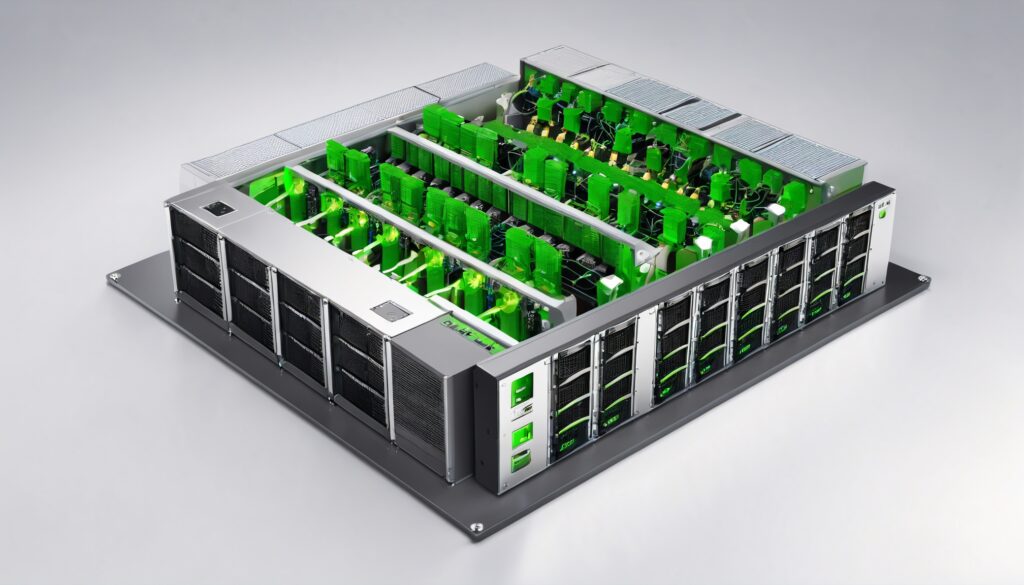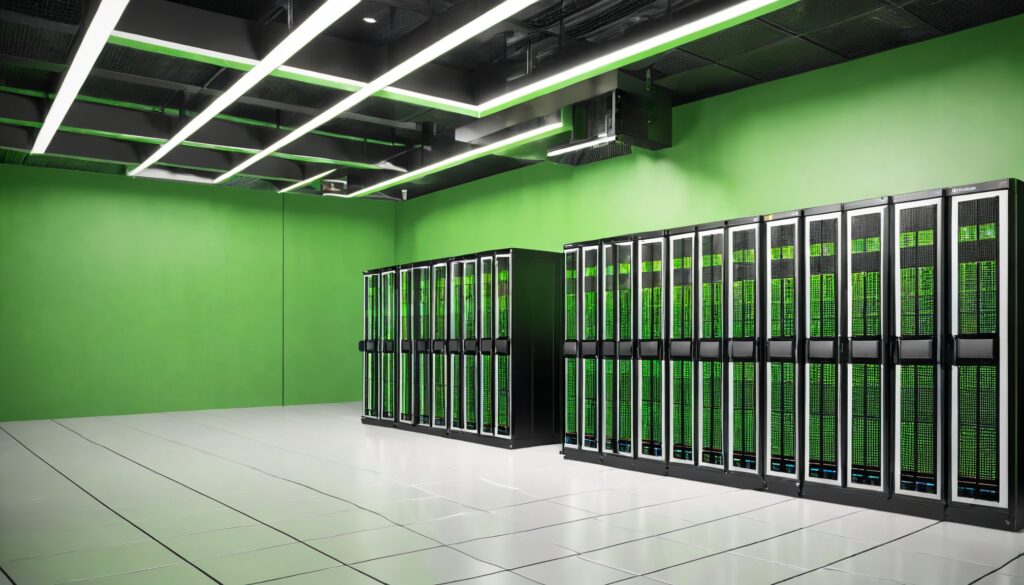As environmental concerns shape corporate priorities, organizations are increasingly turning to green computing practices to lower their digital carbon footprint. A key method gaining traction is service virtualization, where software replicates physical hardware functionalities, reducing the dependency on physical servers and thus, energy usage.

Service virtualization allows teams to simulate various test environments without needing separate hardware, a major shift that reduces the energy-intensive demands of maintaining physical servers. According to a recent IDC study, companies adopting this approach see an energy reduction of up to 35%, a substantial step toward sustainable operations.
The advantages extend beyond environmental impact. Virtualized environments improve resource efficiency by allowing multiple tests on a single, virtual platform, accelerating testing timelines and minimizing overhead costs. This approach enables agile, continuous testing without the physical limitations and energy costs associated with traditional infrastructure.

Additionally, service virtualization promotes flexibility by enabling developers to replicate complex testing scenarios and troubleshoot issues in real-time, from anywhere. By simulating real-world conditions virtually, organizations maintain robust testing standards while supporting green computing goals.
This move toward sustainability in IT reflects broader industry trends, where technological innovation aligns with environmental responsibility. As more organizations adopt these practices, service virtualization is poised to become a foundational component of green computing, offering a sustainable, cost-effective solution for modern software testing needs.

